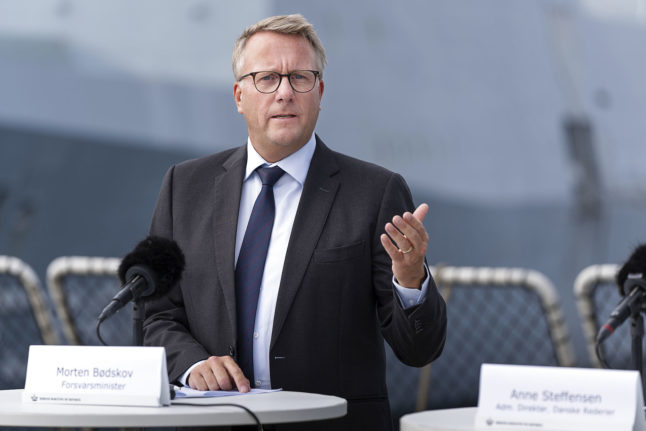The Scandinavian country is ready to begin building its own warships, Defence Minister Morten Bødskov said on Thursday as he presented a partnership with industry actors.
“We are facing a serious situation in Europe. There is war in Europe. We have just been through a corona pandemic, and common to both is that it has created problems for our security of supply,” Bødskov told reporters.
“It is not viable, especially in times of war in Europe, for the Danish defence to have problems getting ships and other equipment built”, he said.
“That is why we are taking action now” to be able to upgrade Denmark’s fleet, he added.
Bodskov did not disclose how many ships would be built over the next two decades, but said a number of vessels were ageing and would need to be replaced.
“It is a large part of our fleet,” he said, citing patrol ships, smaller vessels that do coastal rescues, inspection ships and frigates.
READ ALSO: What will Denmark’s extra defence billions be spent on?



 Please whitelist us to continue reading.
Please whitelist us to continue reading.
Member comments